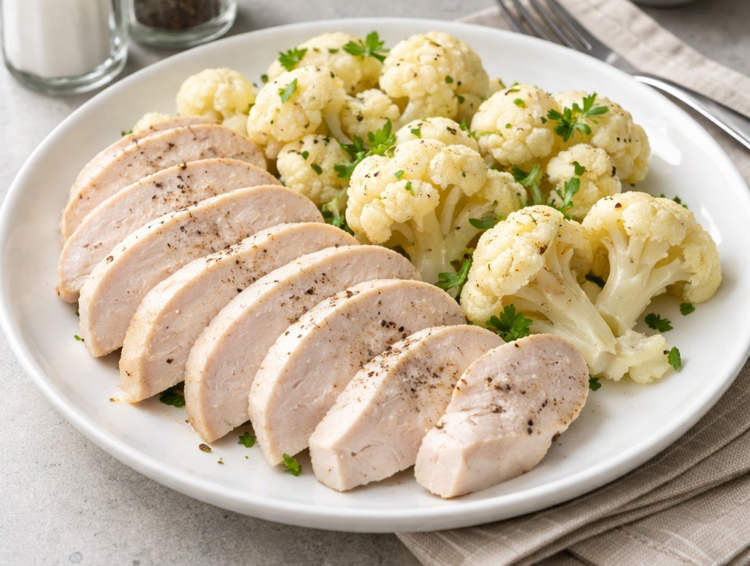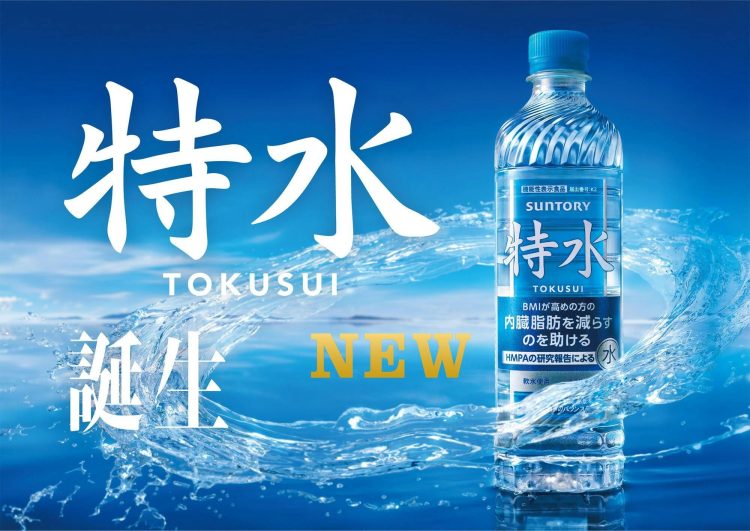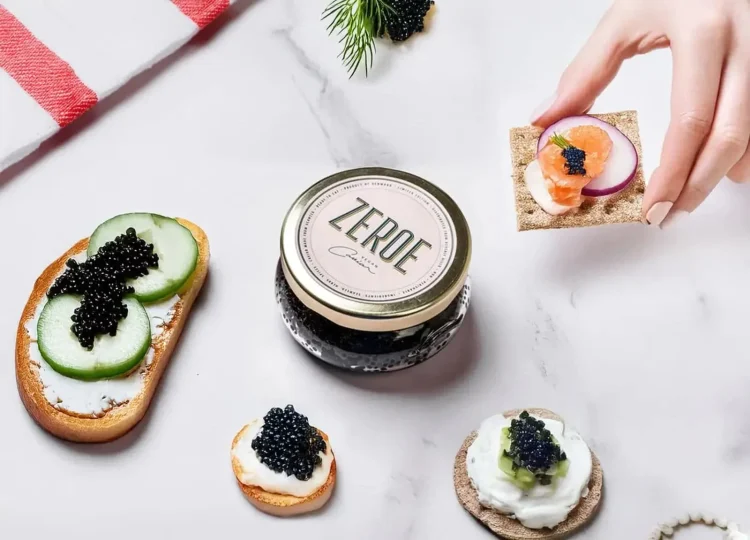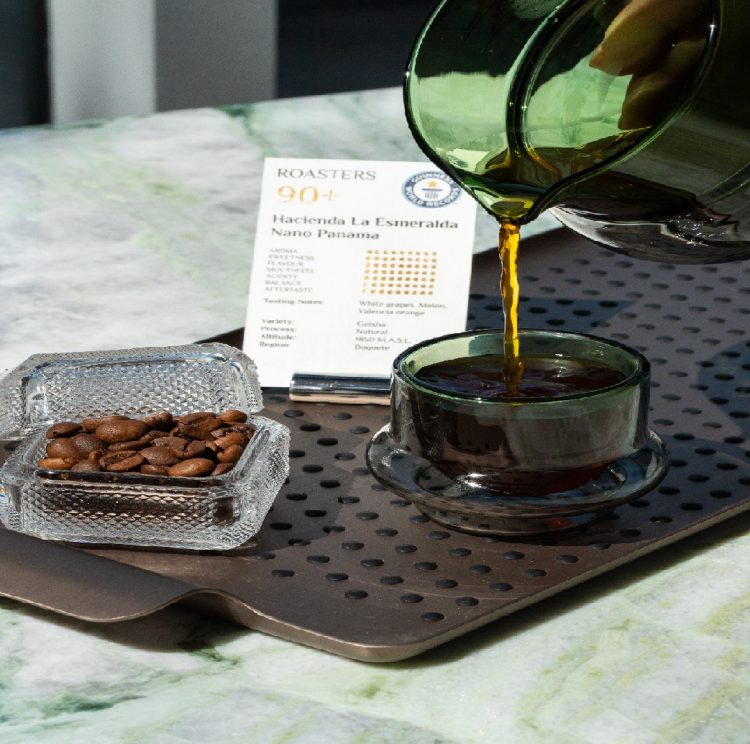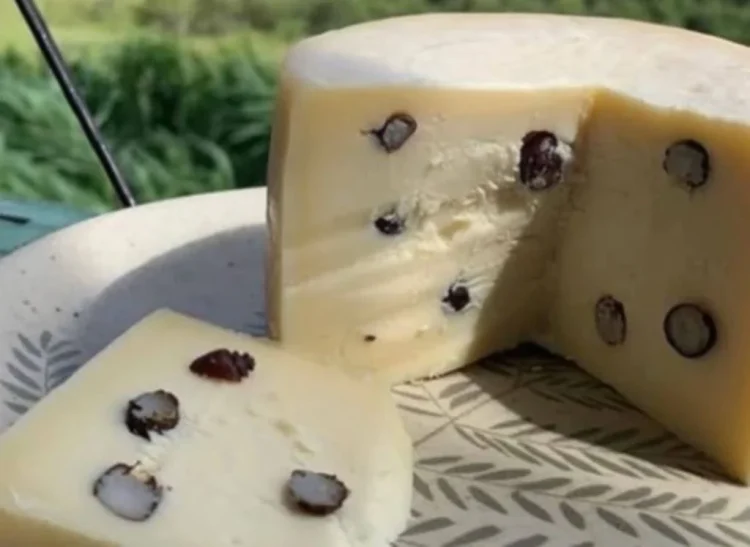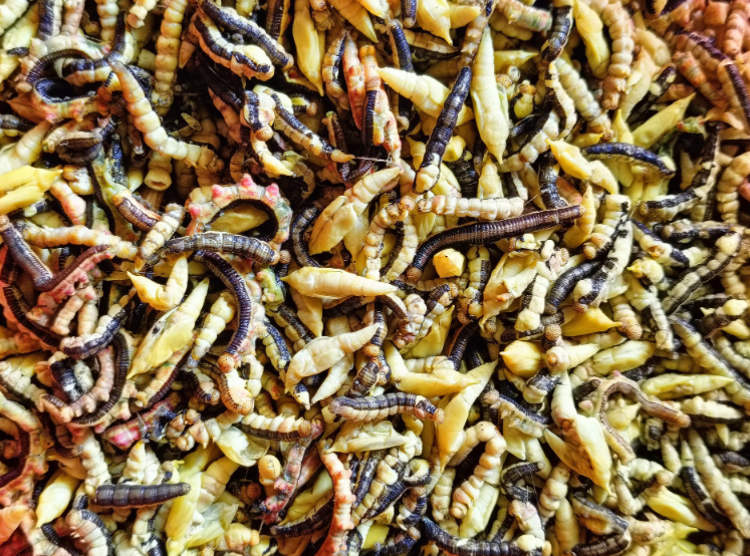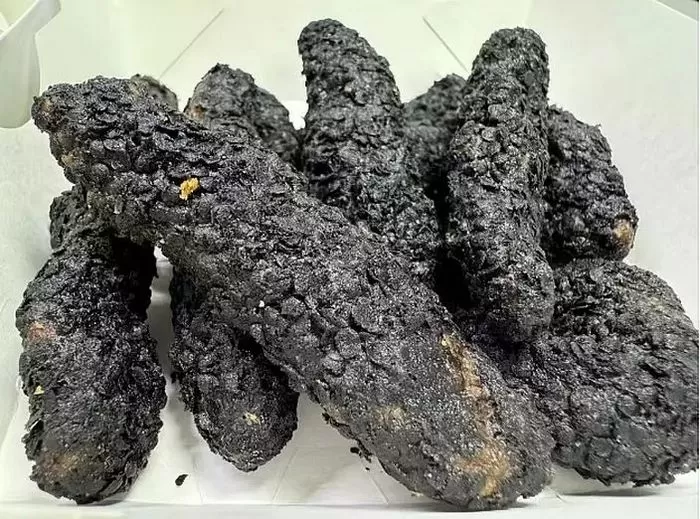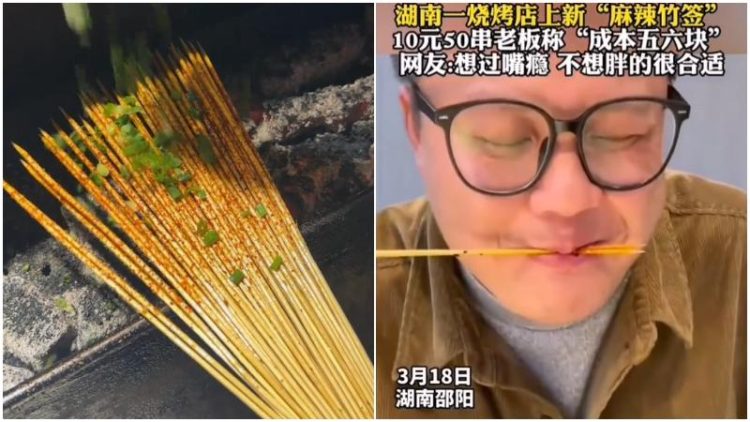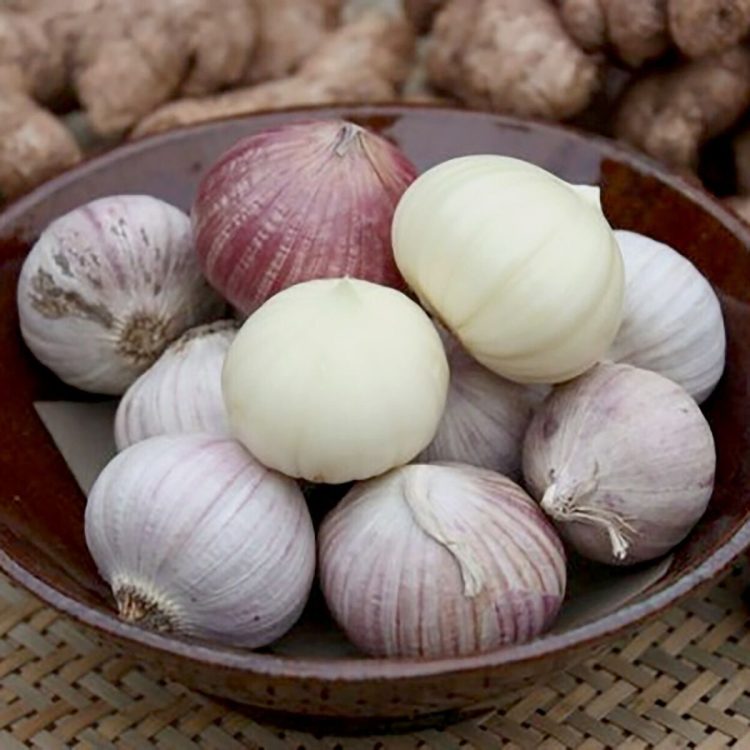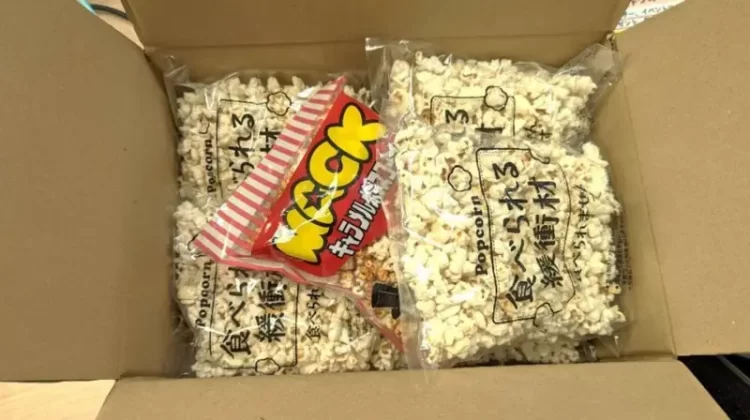Tokyo’s Sembikiya Fruit Parlor looks like a luxurious jewelry store and the prices of the items on offer aren’t too far off either, only instead of diamonds and gold this place sells fruits. If you’re looking for perfectly shaped, delicious-tasting cantaloupes, apples, grapes or any other Japanese fruits, Sembikiya is where you’ll find them, but you’d better stop by the bank first, because they don’t come cheap.
In Japan, it’s customary to give high-quality fruits for formal occasions like weddings, business meetings or hospital visits. But we’re not talking about fruits you usually find at the local market or grocery store. Specialized fruit shops like Sembikiya sell only the rarest, most perfect products, grown in special conditions to ensure they look and taste as good as possible. Take the Yubari muskmelons, also known as Yubari King melons, priced at ¥15,750 ($160) for one, or ¥26,250 ($265) for two, at the exclusive Tokyo fruit parlor. That’s a small fortune for produce, wouldn’t you say? But these Japanese cantaloupes are pretty special. The Yubari King sold at Sembikiya only come from Shizuoka prefecture, where they get the most sunshine. They are grown in specially-designed greenhouses with air-conditioning and paper hats in the hot summer months, and heaters during wintertime. Farmers prune the less perfect fruits early on, leaving just one melon to ensure it gets the best flavor possible. A 12-pack of Queen Strawberries sells for ¥6,825 ($68), a box of perfect cherries costs ¥15,750 ($159), and a Senkai-ichi (Japanese for “world’s best”) apple will set you back ¥2,100 ($21). They might seem like outrageously-priced fruits to most people, but with 11 parlors opened in Japan, at Sembikiya business is booming.
Photo: Aiste/Luxeat
Established in 1834, by a samurai called Benzo Ohshima, Sembikiya was originally a Mizugashi Yasuuri Dokoro (fruit discount shop) where people could find cheap fruits and vegetables. It was the wife of Ohsima’s son who came up with the idea of turning the concept on its head and focusing on luxury fruits. By the third generation of owners, Sembikiya was importing produce from overseas and focusing on improving the quality of domestic products. It’s recognized as the oldest fruit parlor in Japan, but throughout the years, Sembikiya evolved into a complex fruit business. In 1887 it opened Japan’s first fruit restaurant, the forerunner of today’s Fruit Cafe, where customers can enjoy fresh fruit juices, parfaits and sliced fruits. Apart from the network of fruit parlors, Sembikiya also operates several sweets factories.
Photo: David L. Mansfield
Buying fruits at a Sembikiya parlor, and especially at its flagship store in Nihonbashi Mitsui Tower, is a unique experience. Not only because of the outrageous prices and the picture-perfect items on display, but also for its counselling. For example when you buy a gift melon, the store clerk asks you on which day it will be consumed. According to your budget, he will give you one that will be at its peak time for consumption on that very day. He will also give you instructions on how to store it until the day you get to savor its perfect flavor. If the fruits you’re interested in are not in their peak season, the clerk will warn you that the best time for eating them has passed and they won’t taste as sweet as they can be.
Photo: BBC
Shopping at the Sembikiya Fruit Parlor isn’t for everyone, but even if you don’t plan on spending hundreds of dollars on a few fruits, it’s worth a visit just to admire the perfection of their products. But if you’re not planning a trip to Japan anytime soon, at least check out the video at the bottom of this page.
Photo: Photo: Aiste/Luxeat
Photo: Photo: Aiste/Luxeat
Sources: Sembikiya, Food, Sake Tokyo, Luxeat







